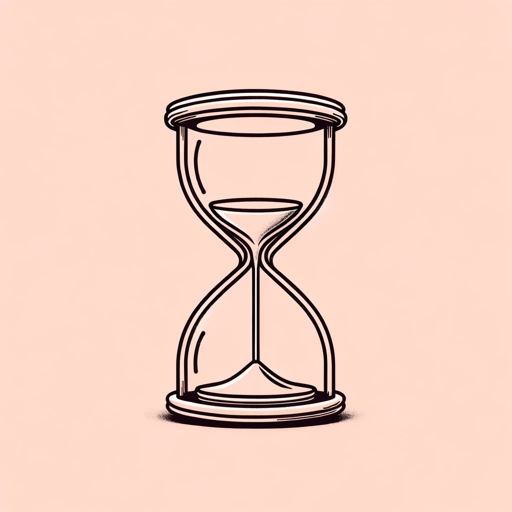30 pages • 1 hour read
F. Scott FitzgeraldThe Curious Case of Benjamin Button
Fiction | Short Story | Adult | Published in 1922A modern alternative to SparkNotes and CliffsNotes, SuperSummary offers high-quality Study Guides with detailed chapter summaries and analysis of major themes, characters, and more.
Literary Devices
Fantasy and Magical Realism
“Benjamin Button” is one of four stories categorized as “Fantasies” in the annotated Table of Contents of Tales of the Jazz Age. Fitzgerald saw interesting comic possibilities in the form. He employs the fantasy genre as a narrative frame within which he draws an otherwise realistic world in descriptive, factual prose. In his essay “The Significance of Fantasy in Fitzgerald’s Short Fiction,” Lawrence Buell observes that “fantasy in Fitzgerald usually involves an interplay or tension between the sense of a ‘real world’ and the sense of an anti-world of the implausible or the outlandish” (Buell, Lawrence. The Short Stories of F. Scott Fitzgerald, ed. Jackson R. Bryer. University of Wisconsin Press, 1982). Benjamin is caught in such a tension, moving outlandishly backward in age while time moves realistically forward.
The unnamed narrator in “Benjamin Button” carries on as though describing a plausible series of events, only briefly addressing the unusual nature of Benjamin’s condition in the story’s first paragraph before assuredly proceeding to “tell you what occurred, and let you judge for yourself” (169). The contrast of fantastical premise and believable world-building makes this story an instance of magical 







Related Titles
By F. Scott Fitzgerald

Babylon Revisited
F. Scott Fitzgerald

Bernice Bobs Her Hair
F. Scott Fitzgerald

Crazy Sunday
F. Scott Fitzgerald

May Day
F. Scott Fitzgerald

Tender Is the Night
F. Scott Fitzgerald

The Beautiful and Damned
F. Scott Fitzgerald

The Diamond as Big as the Ritz
F. Scott Fitzgerald

The Great Gatsby
F. Scott Fitzgerald

The Last Tycoon
F. Scott Fitzgerald

This Side of Paradise
F. Scott Fitzgerald

Winter Dreams
F. Scott Fitzgerald
